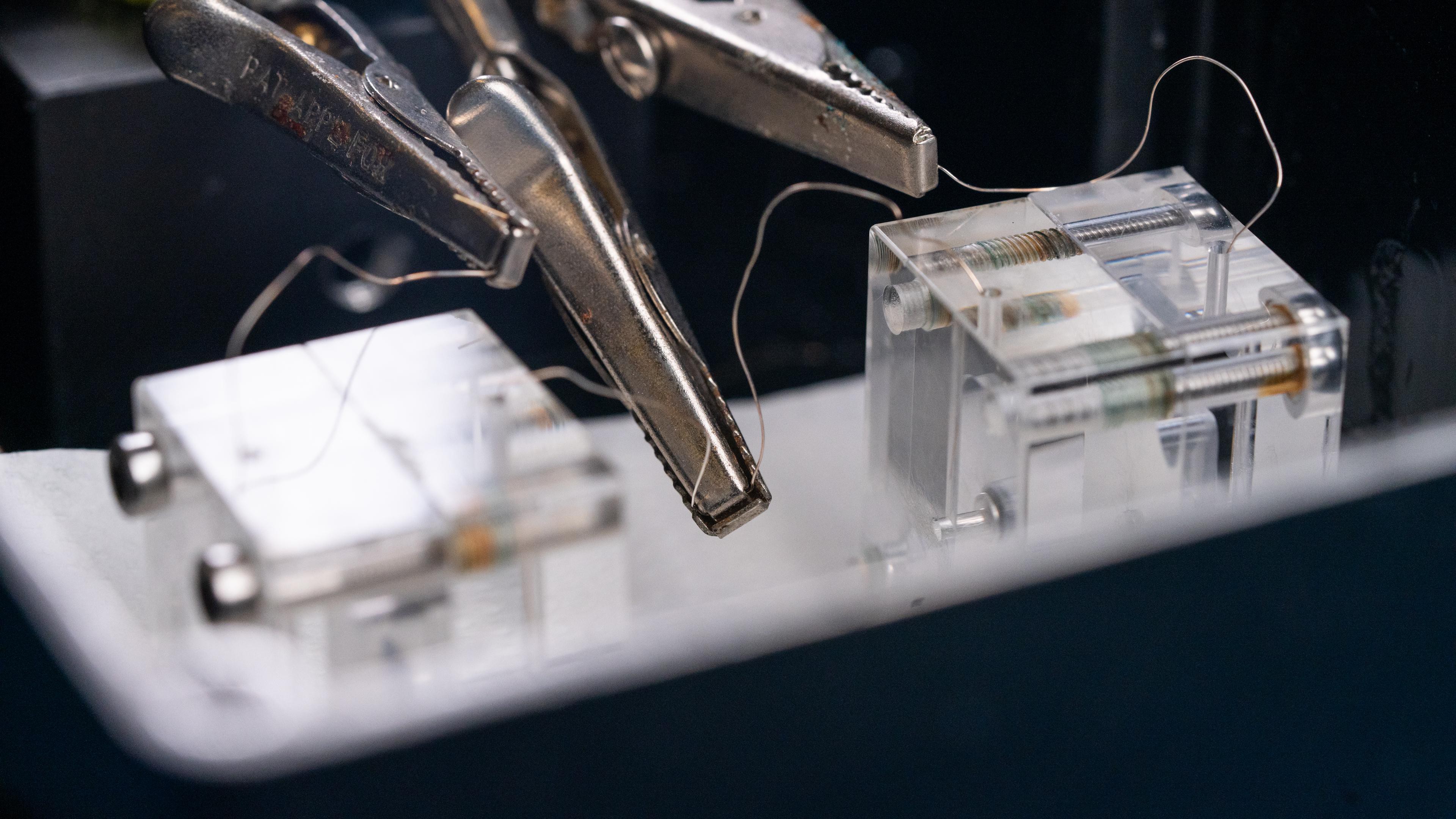
Building ionic computers
I am a CNRS Principal Investigator at the École Normale Supérieure (ENS) of Lyon. During my Ph.D. and postdoctoral work, I helped establish a new research area: brain-inspired nanofluidics. This emerging field explores how brain-like computations can be achieved using nanoscale fluidic channels filled with liquid electrolytes. The motivation stems from the remarkable energy efficiency of the brain—which operates using water and salts—compared to conventional electronic computers, especially in a context of growing computational demands and dwindling material resources. To further advance ionic computing, I develop disruptive nanopore technologies, drawing on methods and materials from condensed matter physics and the semiconductor industry.

Please, reach out to me if you are interested in Lyon’s ionic computing lab !


